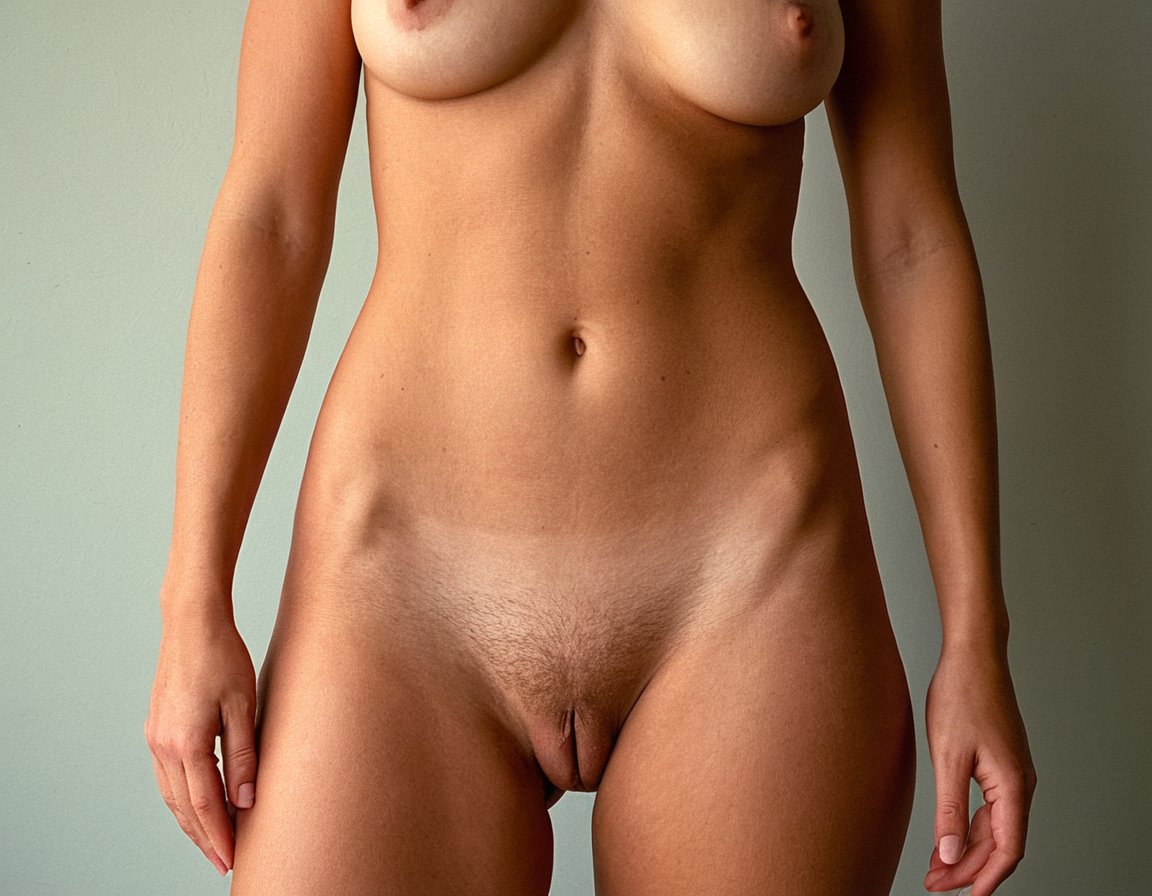Nude Portrait Nuances

From Pin-Up to Poetry: Unconventional Composition Methods for Nuanced Nude Portraits
Introduction
The nude portrait has long been a staple of art history, with some of the most iconic works of all time featuring the human form in various states of undress. However, while traditional approaches to capturing the human figure on canvas may seem straightforward enough, the reality is that creating nuanced and thought-provoking nude portraits requires a deep understanding of composition, lighting, and technique. In this blog post, we’ll explore some unconventional composition methods for creating truly exceptional nude portraits.
Understanding the Basics
Before we dive into more advanced techniques, it’s essential to establish a solid foundation in the basics of composition. This includes understanding the rule of thirds, leading lines, and the importance of negative space. However, for those looking to push the boundaries of traditional portrait painting, these rules can be limiting.
Unconventional Composition Methods
1. Experimenting with Perspective
One way to add depth and interest to a nude portrait is by experimenting with perspective. This can involve creating a sense of distance or closeness through the use of converging lines or vanishing points. However, this technique requires careful consideration to avoid creating a sense of disorientation.
- To achieve this effect, try using a combination of linear perspective and atmospheric perspective to create a sense of depth.
- Experiment with different angles and viewpoints to add visual interest.
2. Using Light and Shadow
Light and shadow can be used to create a sense of drama and tension in a nude portrait. This can involve using strong contrasts between light and dark to accentuate the subject’s features or creating soft, diffused lighting to create a more intimate atmosphere.
- Experiment with different lighting setups to find one that works best for your subject and composition.
- Be mindful of the time of day and the natural light available to you.
3. Playing with Texture
Texture can be used to add depth and visual interest to a nude portrait. This can involve using thick, heavy paint or creating intricate patterns and details.
- Experiment with different textures and materials to find one that works best for your subject and composition.
- Be mindful of the overall aesthetic you’re trying to achieve.
4. Exploring Abstract Techniques
For those looking to push the boundaries of traditional portrait painting, abstract techniques can be used to create truly exceptional nude portraits. This can involve using bold brushstrokes, vivid colors, or even incorporating found objects into the work.
- Experiment with different abstract techniques to find one that works best for your subject and composition.
- Be mindful of the overall aesthetic you’re trying to achieve.
Conclusion
Creating nuanced and thought-provoking nude portraits requires a deep understanding of composition, lighting, and technique. By experimenting with unconventional composition methods such as perspective, light and shadow, texture, and abstract techniques, artists can push the boundaries of traditional portrait painting and create truly exceptional works of art. We hope this blog post has provided some inspiration and guidance for those looking to explore new and innovative ways of capturing the human form on canvas.
Call to Action
We’d love to hear from you! What are some unconventional composition methods you’ve found to be effective in creating nuanced nude portraits? Share your thoughts and experiences in the comments section below.
About Elizabeth Hernandez
I'm Elizabeth Hernandez, a seasoned editor with a passion for the intersection of voyeur photography and erotic fiction. With a background in fine art and literature, I help curate stories that spark desire and conversation on voyeurpicture.com. Let's explore the boundaries together.
